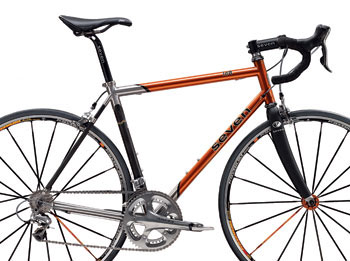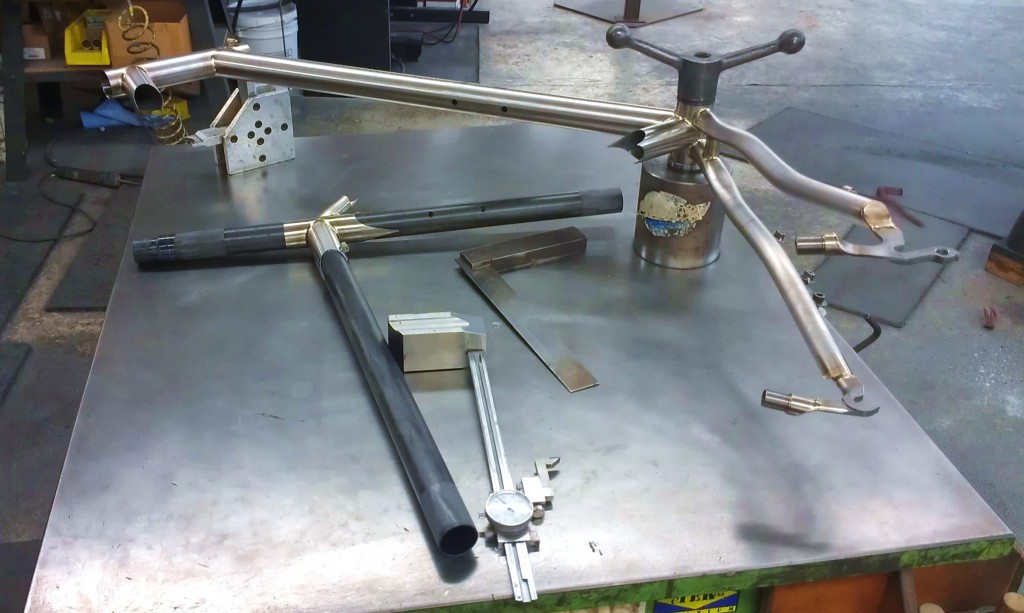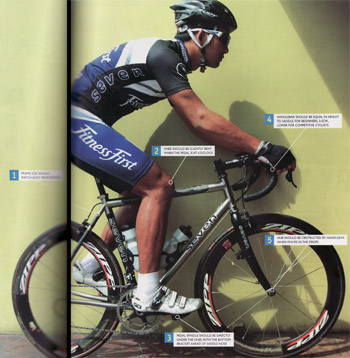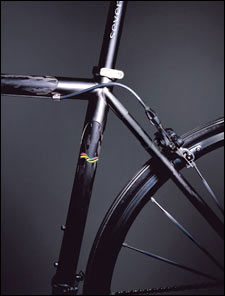Look around your average minimalist apartment, and it is easy to see why the spartan style gives some people the chills. Where’s the stuff? Where’s the warmth? Where’s the love?
But look around your average apartment, and minimalism is looking good. What else offers a full-strength cure for stylistic confusion, wiping out badly chosen color schemes and banal stacks of trivia in one fell swoop, like Cipro for the home?

You can debate minimalism’s merits (the embodiment of calm) and pitfalls (another high-priced folly) without end, which its best-known practitioner, the British architect John Pawson, is all too aware of. No matter. From the Calvin Klein flagship store in Manhattan, which he designed a decade ago, through 50 Gramercy Park North, the Ian Schrager hotel-style apartment house, which is to open in January, Mr. Pawson has remained staunchly himself.
His days in and out of the sun have taught him something: You can’t take it all too seriously. He gave vent to that carefree attitude on vacation in Sag Harbor, N.Y., a few years ago, when after a wine-fueled lunch he and a friend bumbled into a high-price bicycle store and left with high-price bicycles. He proceeded to ride his model, a Kestrel, around the Hamptons for the rest of the vacation, a total convert, or at least a reconvert, having cycled in high school.
Taking the bike and his enthusiasm back to London, Mr. Pawson became, he said, “what I euphemistically call a serious cyclist.” As he explained, “I don’t go out without the Lycra.”
However droll he may be about the gear, he became serious enough about his new hobby to enter the Étape du Tour, an amateur race that follows the route of one stage of the Tour de France. And he became serious enough about crossing the finish line with his dignity intact to invest in a new bicycle from Seven, a Boston company that sells only custom-made bicycles, for a custom-made price.
Not everyone was impressed. “My wife was horrified,” he said. His argument that the more than $6,000 he spent was less than the price of a car fell on deaf ears. After all, even the shiniest, German-made midlife crisis seats two.
And when Mr. Pawson showed up in France with his new toy, his friends just stared. “It’s a bit like showing up to go to the beach in a Ferrari,” he said.
The Seven model he bought, the Odonata, has a frame of titanium and carbon. Unlike the design of many novel bikes, the Odonata’s is fairly conservative, its value being in the way it fits your body, taking into account the length of your legs, arms and torso, as well as your weight and center of gravity. “They took more measurements than if I’d been having a suit made,” Mr. Pawson said.
He did ask the bike’s makers not to put their decals on it, “but they put them on anyway,” he said. So much for minimalism. Then there is the clutter — tire pumps, water bottles, cleats and all that Lycra — that the bike trails in its wake. Even so, its great appeal is that it is all Mr. Pawson needs to get away.
“I’ve actually found something that can stop me thinking about architecture,” he said. “Once you’re on the bike, you leave stuff behind.”
Yes, it is all there when you get back, but it seems to matter less. That’s a kind of minimalism everyone can appreciate.




